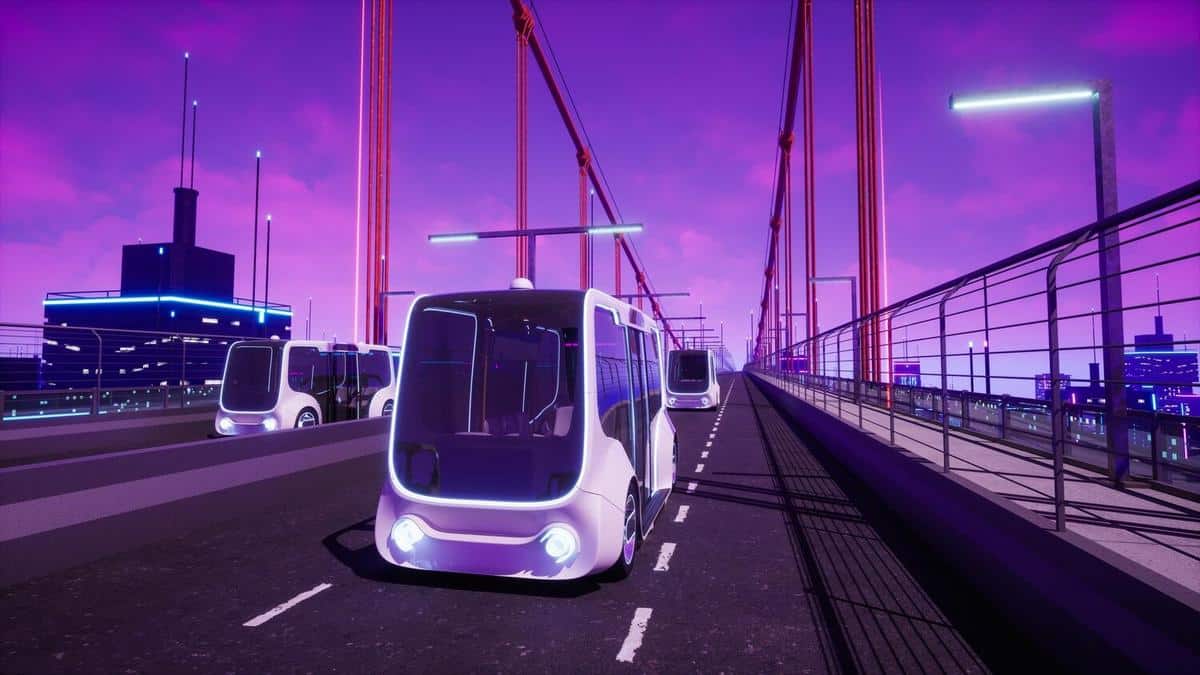
How Autonomous Vehicles are Changing the Landscape of Public Transportation
As the world steadily advances towards technological innovation, autonomous vehicles are revolutionizing the realm of public transportation, offering a glimpse into a future where commuting is safer, more efficient, and incredibly convenient.
Understanding Autonomous Vehicles in Public Transit
Autonomous vehicles, or AVs, are no longer a futuristic concept. They are becoming an integral part of public transportation systems worldwide. These vehicles operate with minimal human intervention, relying on advanced sensors and algorithms to navigate roads.
Expert Insights on Autonomous Vehicles
Dr. Daniel Sperling, a professor of civil engineering and environmental science, highlights the potential of AVs, stating, “Autonomous vehicles are poised to redefine public transportation by enhancing accessibility and reducing congestion.” His insights underscore the transformative impact AVs can have on urban mobility.
Statistics and Research
According to a report by the International Transport Forum, autonomous vehicles could decrease traffic fatalities by up to 90% due to reduced human error. Additionally, AVs may cut operational costs for public transport by 30%, making them an economically viable option for cities.
Real-World Examples
Consider the city of Helsinki, Finland, where autonomous buses are already in use. These buses navigate pre-defined routes and have successfully reduced travel times during peak hours. The feedback from residents has been overwhelmingly positive, emphasizing the reliability and efficiency of autonomous public transit.
Implementing Autonomous Vehicles: Tips and Advice
- Integrate with existing systems: Ensure AVs complement current transportation networks to maximize efficiency.
- Focus on safety: Prioritize rigorous testing and safety measures to gain public trust.
- Public awareness campaigns: Educate the public on the benefits and safety of AVs to encourage acceptance.
Comparing Autonomous Vehicles and Traditional Public Transit
| Feature | Autonomous Vehicles | Traditional Transit |
|---|---|---|
| Operational Cost | Lower | Higher |
| Safety | High (reduced human error) | Variable |
| Efficiency | High | Moderate |
| Accessibility | Enhanced | Limited by schedules |
| Environmental Impact | Potentially lower | Higher |
| Scalability | Flexible | Rigid |
| Innovative Capabilities | Continuous | Static |
| Public Perception | Emerging trust | Established trust |
Frequently Asked Questions
Are autonomous vehicles safe for public transportation?
Yes, with rigorous testing and development, AVs are expected to significantly reduce accidents caused by human error.
How do autonomous vehicles impact the environment?
AVs are designed to be more energy-efficient, potentially reducing emissions and the environmental footprint of public transport.
Conclusion
Autonomous vehicles are not just a technological marvel; they represent a shift towards more efficient, safer, and accessible public transportation. As cities continue to adopt these innovations, the landscape of public transit will evolve, offering new opportunities for urban mobility. Embracing this change can lead to a more connected and sustainable future.


